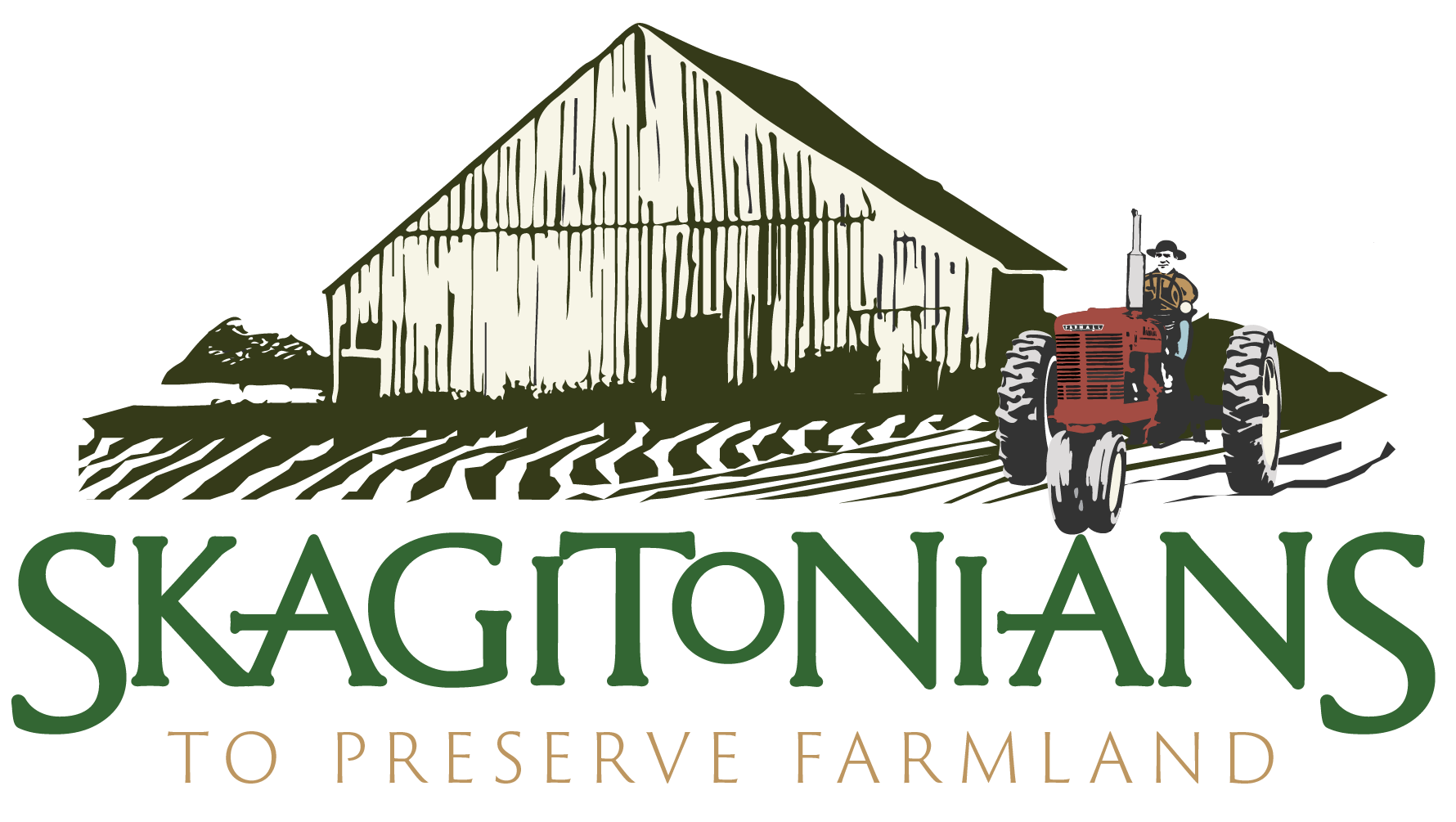The Crows Farm: Good for Soil and Food Systems
“This is very much a farming community, with people doing the same things we are. We are not the anomaly. It’s a good place to be.”
Photo: Anne Basye
The story behind The Crows Farm in Burlington, Washington, begins in a farm-to-table Italian restaurant in Burlington, Vermont.
Inspired by his family’s Italian roots, Matthew Cioni was cooking in the kitchen when the manager asked him to take over the restaurant’s seasonal garden.
Making a nightly meal from daily produce opened new horizons for the environmental sciences major and former Vermont Conservation Corps member.
Hostess and server Giana Cioni worked in the garden, too—a natural fit for a student of permaculture, nutrition and food systems. Laboring side by side, they fell in love with farming and each other, and began to imagine what they could do with a little more land.
Tired of Vermont’s rough winters and short growing seasons, they married, moved to the Skagit Valley, and began growing garlic and herbs on an acre at Viva Farms in 2014. Like most new farmers, they kept their day jobs. For Matthew, that meant cooking for a high-end Bellingham catering and event company. There he met other farm-to-table chefs who “drooled over produce that farmers brought in,” he said.
Slowly, surely, the couple cultivated niche products that make chefs open their wallets. They doubled their acreage once, twice, three times and eventually began farming full-time in 2018. The Crows Farm was born.
It’s a funny name for a farm. “Most people try to keep crows away,” said Giana. By naming their farm after a pest that is also smart, social, and focused on family, the couple sought to honor and embrace the whole of nature.
Visit their 14 acres on Highway 20 and you can see their philosophy in action. “In every decision we make, we try to think about what is good for the soil and for our food system,” said Giana.
Certified organic by Oregon Tilth, the Cionis’ acres of culinary herbs and edible flowers like bulb fennel, calendula and nasturtium attract pollinators throughout the season. Planting and tilling in buckwheat, winter rye, and vetch as cover crops prevents erosion while building soil health.
Broccoli, heirloom tomatoes, cabbage and kale, artichokes, and beautiful varieties of winter squash all flourish in their soil. So do arugula, mustard, mesclun and other baby leaf produce. The Cionis harvest and sell 300 pounds a week during the summer.
About half of their acreage is devoted to Italian vegetables like certified-organic specialty chicories, a family of bitter greens, including radicchio, used in Italian salad, pasta and bean recipes.
These are not common crops in a county known for potatoes, berries, tulips, and vegetable seed. Yes, Skagit County is the highest organic agricultural-producing county in Western Washington. But radicchio, kale, and artichokes are lumped into the “miscellaneous crops” column of the annual Skagit County Agriculture Statistics produced by the Washington State University Extension office—if they are listed at all.
That’s fine with the Cionis. Harvested from August through February, chicories produce income during slower months. And they have loyal fans. About 400 growers, chefs and other raddichio lovers gather for lectures and cooking demonstrations at the annual Sagra del Radicchio festival in Portland, hosted by the Culinary Breeding Network.
Photo: The Crows Farm
The Cionis know their radicchio and endive are delicious and beautiful. Their most popular radicchio variety has purple leaves with white veins. Lighter green varieties are also stunning.
“As people who know about restaurants and their customers, Matthew and Giana really understand that connection to the plate,” says Matthew Mataio Gallis, Matthew Cioni’s former boss. “For example, they see very small, delicate, first-pick beets or heads of radicchio as a fine dining product, not just something to thin for bigger produce later.”
And he can’t say enough about their rigorous quality standards. As Chef and Culinary Program Supervisor for the Bellingham School District, Gallis helped The Crows Farm harvest 350 pounds of heirloom tomato “seconds” for a scratch-made cafeteria pasta sauce.
What the Cionis called “seconds” looked first-rate to Gallis—one more reason he loves buying from these chef/farmers.
Through the Puget Sound Food Hub, produce from The Crows Farm finds its way to big and little fine dining restaurants, catering companies and corporate headquarters in Seattle, the San Juan Islands and Bellingham. Staying in touch with these chefs gives the Cionis feedback on the shelf life, quality and packaging of their produce.
Other customers include the Viva Farms Community-Supported Agriculture box, farm-to-school programs, and local community food coops. “The coops buy a lot of food and they give us a good price,” said Giana. “They are fair to the farm. It’s a big relationship.”
Their specialty Italian vegetables are a success, but the Cionis are out of space.
“Because everybody at Viva is doing better and better, we are running out of cooler and greenhouse space,” said Matthew. “That’s a good problem to have, but if we want to comfortably progress we need to find 15 to 20 acres of our own.”
On their own land, they can do better crop rotation to manage pests. They can create a work environment that keeps their employees coming back. And not having to commute 20 minutes each way during the crazy rush of summer planting, harvesting and weeding will mean more time with their daughter Emilia.
Meanwhile, they love being part of the Skagit agricultural ecology. They credit local resources like the Puget Sound Food Hub, the local coops, and the Skagit Farmers Supply Agronomy Center for helping them succeed.
“When I text the Agronomy center for a custom cover crop mix, they have it within two hours,” said Matthew.
“This is very much a farming community, with people doing the same things we are,” said Giana. “We are not the anomaly. It’s a good place to be.”
Story by Anne Basye: info@skagitonians.org


